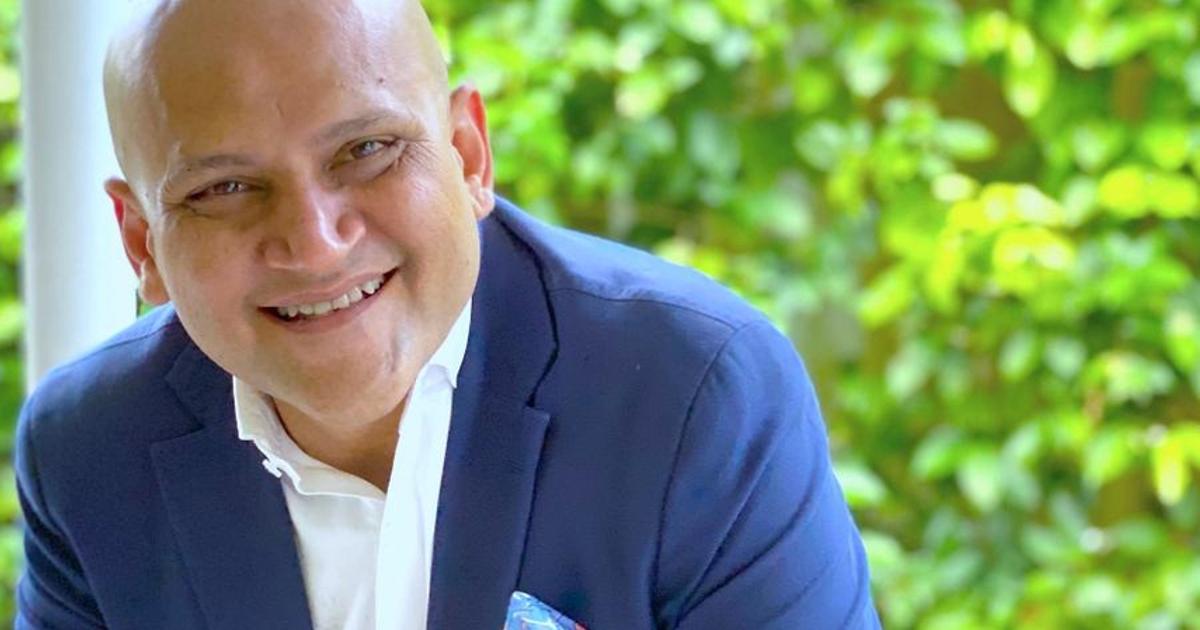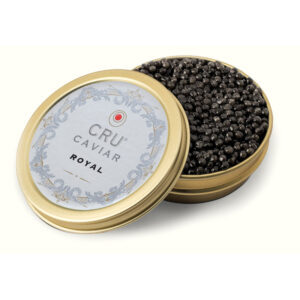When fresh produce giant Dole first approached Rupen Desai to become its global chief marketing officer four years ago, the then APAC vice chair for Edelman responded to Dole with a unique suggestion.
Desai proposed to start a consultancy, called The Shed 28, to create an ‘outside-in’ model for Dole, where he would be their global CMO while remaining a non-employee and working for other brands simultaneously.
Dole agreed as his pitch convinced them that marketing, as it exists today, is at odds with a sustainable world, Desai tells Campaign Asia-Pacific. He says marketers have built concepts like exclusivity and planned obsolesce, which make the world less sustainable.
On the other hand, he notes most sustainability efforts by companies are still in the ‘do less harm’ stage and few realise there is not much of the planet left to sustain if this mindset remains the status quo.
“We want to help build brands like Dole that our conscience can live with, and growth does not come at the cost of the planet. Instead, we want to find ways in which people, the planet and prosperity thrive interdependently, together rather than at the cost of one another,” explains Desai.
“We want to do this outside-in or outside-out, with right-minded partners and brands looking to find the proper causality between their growth model and a sustainable world. Every time I grow, the world is a bit better, and I grow every time the world is more sustainable. Do we have all the answers? No, but we are committed to finding them with the right partners while having fun doing so with creativity as our ultimate superpower.”
The ‘outside-in’ model
A typical consulting model for a brand would have stopped at counsel, working with the chief executive officer or a traditional marketing leader and their teams.
However, Desai felt he needed to go further than consulting to succeed, as having the proper execution and landing gear is equally important, on top of the right strategy, he says.
He explains the outside-in model would hold The Shed 28 accountable for the conception, development, and execution of strategic plans and communication, ensuring full accountability and empowerment needed for the transformation. At the same time, it allowed The Shed 28 to bring flexibility and objectivity of an unbiased outside-in perspective—and inspiration along with this.
Desai points out that almost four years later, Dole has a different view of purpose, brands and marketing.
For example, the name ‘Dole Sunshine Company’ is not an actual business entity and does not operate in any country or region. Instead, he says this was a vocabulary The Shed 28 pushed to align with the company’s purpose.
Asked about other examples of the ‘outside-in’ model, Desai highlights the launch of The Dole Promise in June 2020, where the goal was to increase access to sustainable nutrition, decrease food waste, eliminate plastics in packaging, and achieve zero carbon emissions while driving value for all stakeholders.
These initiatives now serve as the framework for decision-making at the enterprise level to guide what Dole invests in and what it does not. As a result, industries have also changed how Dole measures success, uses resources, structures teams and programmes, and drives sustainable growth.

“Dole was a great agri-trading company then, and the transformation ahead of us felt huge and probably delusional. However, we believe an outside-in approach to transformation helped with the speed, scale, and impact the transformation has evolved into,” Desai explains.
“We think the most significant learning we had is that making systemic changes is not easy but necessary. Our financial, measurement, reward and recognition systems are all geared for a ‘profit at the cost of people and the planet’ way of thinking. When the purpose is at the heart of the business model, it helps change the economic growth model and dictate the choices made in the business.”
He adds: “We prefer the mantra ‘purposeful is what purposeful does’; there lies the actions, one at a time, that live the purpose rather than talk about it as a two-minute advertising film. We have also learnt the importance that outstanding creativity and technology can bring to this systemic change.”
Why Desai left Dole
Having had his ‘outside-in’ model validated with Dole picking up a Grand Prix for business transformation at the Cannes Lions International Festival of Creativity 2022, Desai felt it was an excellent time to transition out of his role in November 2022.
On the other hand, his colleagues at The Shed 28, Ranjit Jathanna and Srija Chatterjee, will continue as Dole’s chief communications officer and marketing director (fresh produce group), respectively.
Desai explains that the day he decided to take on the ‘outside-in’ model; there was an understanding that his role would eventually end. So, he says the question was never ‘if’ but ‘when’.
“As an outside-in marketing leadership team, it was always clear that there would be a transition date for this build-operate-transfer partnership. To be honest, there is never a perfect time,” says Desai.
“But with the transformation blueprint architected and the company’s work recognised and awarded by the industry, this feels like a good time to transition.”
While he is unsure if Dole will continue his work after his departure, Desai feels other brands can also benefit from the ‘outside-in’ model. Beyond the model, Desai is keen to appeal to CEOs and boards who want to find the proper convergence between their growth model and their sustainability journey.
“We firmly believe that systemic change where purpose becomes the heart of the business model is the way to find convergence between the two. Sometimes the brand might need us for a month, sometimes six months and like Dole did, for four years,” says Desai.
“All these work for us, as we are here to partner with every brand and help create their transformation blueprint where the language of growth converges with the language of a sustainable world.”
The road ahead
Despite leaving Dole, Desai will remain the World Federation of Advertisers vice president. He also sits on the board of Copenhagen Cartel, a brand that makes athletic wear from recycled fishing nets and other ocean waste. Copenhagen Cartel is also a member of the WFA.
Plus, he is working with Johnson and Johnson’s Vision Care brands on bringing their purpose to life; Sustenir, a vertical farming superfoods company; and Unilever’s Elida Beauty on their sustainability journey across multiple brands.
“Some of these are outside-in, whilst some are outside-out. What is essential for us is brands share a common ambition for business to thrive at the interdependence between people, planet and prosperity, together, never one at the cost of another,” says Desai.

